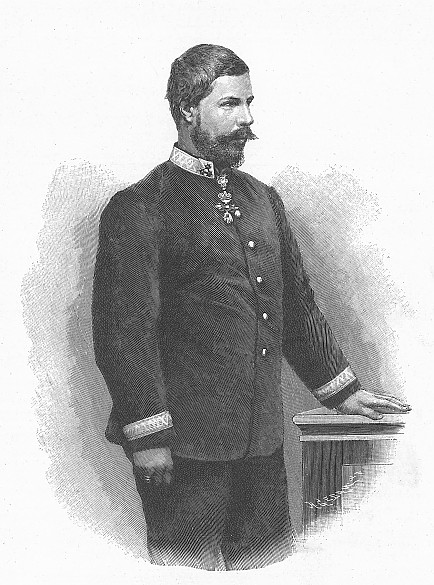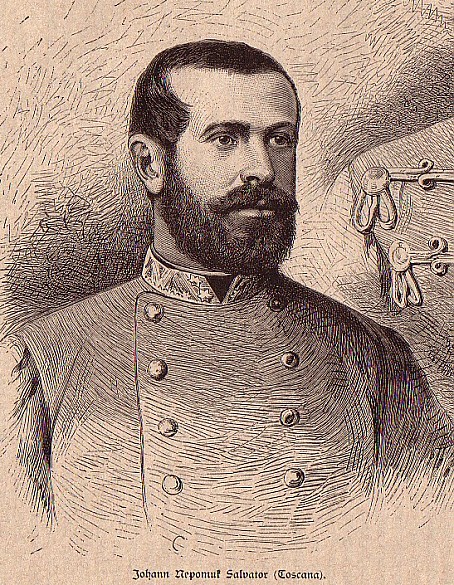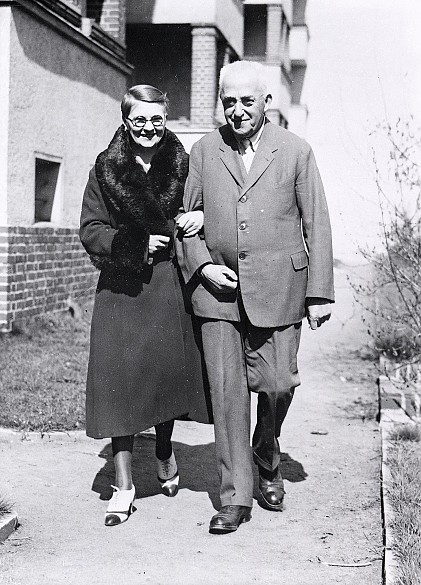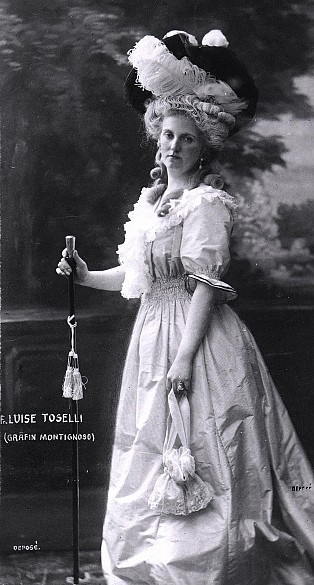You can’t choose your relatives - scandal in the House of Habsburg!
After losing their position as rulers in 1859, the descendants of the Habsburg-Tuscany line lived in exile in Austria. A few members of this branch of the family set tongues wagging with their unusual lifestyles. Emperor Franz Joseph was not at all amused!
Archduke Johann Salvator alias Johann Orth on his reasons for leaving the Habsburg dynasty.
I am too proud to play the princely idler. I do not wish to gobble up the people’s money as others do!
With the loss of the regency in Tuscany, this branch of the dynasty had also lost its fortune. Now dependent on allowances from the Austrian imperial house, in 1866 these erstwhile sovereign Italian relatives came once again under the authority of Emperor Franz Joseph as head of the principal line of the dynasty.
With their often unconventional lifestyles, his Italian kinsfolk were a source of worry for the head of the family. Members of the Tuscan line were seen as the enfants terribles of the dynasty, all too often making an appearance in the gossip columns of the gutter press.
A positive exception was Ludwig Salvator (1847–1915), one of the brothers of Grand Duke Ferdinand IV, the last sovereign ruler of Tuscany. Ludwig Salvator eschewed the military career that was virtually obligatory for later-born princes of the dynasty and instead devoted his life to the natural sciences, rendering great service to his field. He was made an honorary member of the Austrian Academy of Sciences.
The archduke was vehemently criticized by the conservative members of the dynasty for his openly displayed disdain of courtly life. But it was this that made him a confidant and ally of Empress Elisabeth and Crown Prince Rudolf.
Ludwig Salvator spent most of his life on Mallorca, where he pursued his nautical and scientific interests. Never officially married, he left a considerable fortune to his numerous illegitimate offspring.
Another brother of Ferdinand IV, Johann Salvator (1852–1890), was a remarkably lively and talented child. He embarked on a military career as an officer but soon made himself unpopular with his superiors by voicing criticism of conditions in the army. He made a particularly dangerous enemy in Archduke Albrecht, the military mastermind of the dynasty.
He was a close friend of Crown Prince Rudolf, whose liberal and anticlerical attitudes he shared. The two also collaborated on the publication of the Kronprinzenwerk, a kind of encyclopaedia of the Austro-Hungarian Monarchy.
After a number of clashes over the archduke’s habit of going out on a limb in political terms, Franz Joseph exercised his powers as head of the dynasty, forcing him to resign his commission as an officer and leave the army.
In 1889 Johann Salvator reacted by resigning his membership of the imperial dynasty, renouncing his title, all rights and financial support from the Habsburg Family Fund.
He changed his name, calling himself Johann Orth after his main residence, the lakeside castle of Orth on Lake Traun, and married his long-term commoner mistress Milli Stubel.
Having obtained his master’s certificate, he set off on a long voyage to South America, where all trace of him vanishes. It is assumed that his ship went down during a storm near Cape Horn in July 1890. At first classed as missing, Johann Salvator was officially declared dead in 1911.
Conservative Viennese society was even more shocked by the scandalous lives of some of the last grand duke of Tuscany’s children.
Leopold Salvator (1868–1935) was the eldest son of Ferdinand IV and thus pretender to the Florentine throne, albeit without any realistic prospect of assuming power. An officer in the Austrian navy, he was a constant source of gossip at the Viennese court on account of his turbulent love life. It is rumoured that when he accompanied the heir to the throne Franz Ferdinand on his journey around the world as an officer, he took along his mistress, disguised as a sailor. When the deception was discovered, he was demoted to the infantry as a punishment.
Later on his plan to marry a notorious prostitute called Wilhelmine Adamovics horrified Franz Joseph, who forbade him to go ahead with the marriage. Leopold Salvator then fled with his sister Luise, who was involved in a thorough-going scandal of her own, to Switzerland.
In 1902 Archduke Leopold Salvator officially resigned his membership of the imperial dynasty, losing all claims and privileges, and was from then on forbidden to set foot on Austrian territory. He assumed the name Leopold Wölfling. The rest of his life was equally beset by scandal: after four years of marriage he divorced Wilhelmine Adamovics in 1907, and in 1912 married another demi-mondaine. In Berlin in 1933 he entered into a third marriage to Klara Pawlowski, who was almost thirty years his junior.
Impoverished and plagued by depression and alcohol abuse, he joined an obscure sect. He subsisted on the proceeds from sales of his memoirs as a black sheep of the imperial dynasty but found it very hard establishing a normal livelihood. After 1918 he returned to Vienna, trying his luck as a small-scale entrepreneur, but his grocery store went bankrupt. He died destitute in Berlin in 1935.
Ferdinand’s daughter, Luise Antoinette (1870–1947), was married to Crown Prince Friedrich August of Saxony. Luise fled this dynastic union, which had resulted in six children, in 1902 together with her lover André Giron, her children’s language tutor, to Switzerland, a coup she had planned with her brother Leopold Salvator. Undertaken when she was pregnant with her sixth child, Luise’s flight caused a stir in the courts of Europe.
In 1903 her marriage to the Saxon crown prince was dissolved. Emperor Franz Joseph withdrew her membership of the Austrian imperial dynasty. Her youngest daughter, Anna Pia Monika, was born after she had left her husband. Although the child’s paternity was unclear, Crown Prince Friedrich August recognized her as his daughter. However, Luise refused to hand the child over to her Saxon relatives. Only on her marriage to the Italian composer Enrico Toselli (1883–1926) in 1907 did she consent to be parted from her daughter.
Her marriage to Toselli, with whom she had a son, did not last, ending in divorce in 1912. The former crown princess spent the rest of her life under the pseudonym of the Comtesse d’Ysette in Belgium, where she died in penury in 1947.















